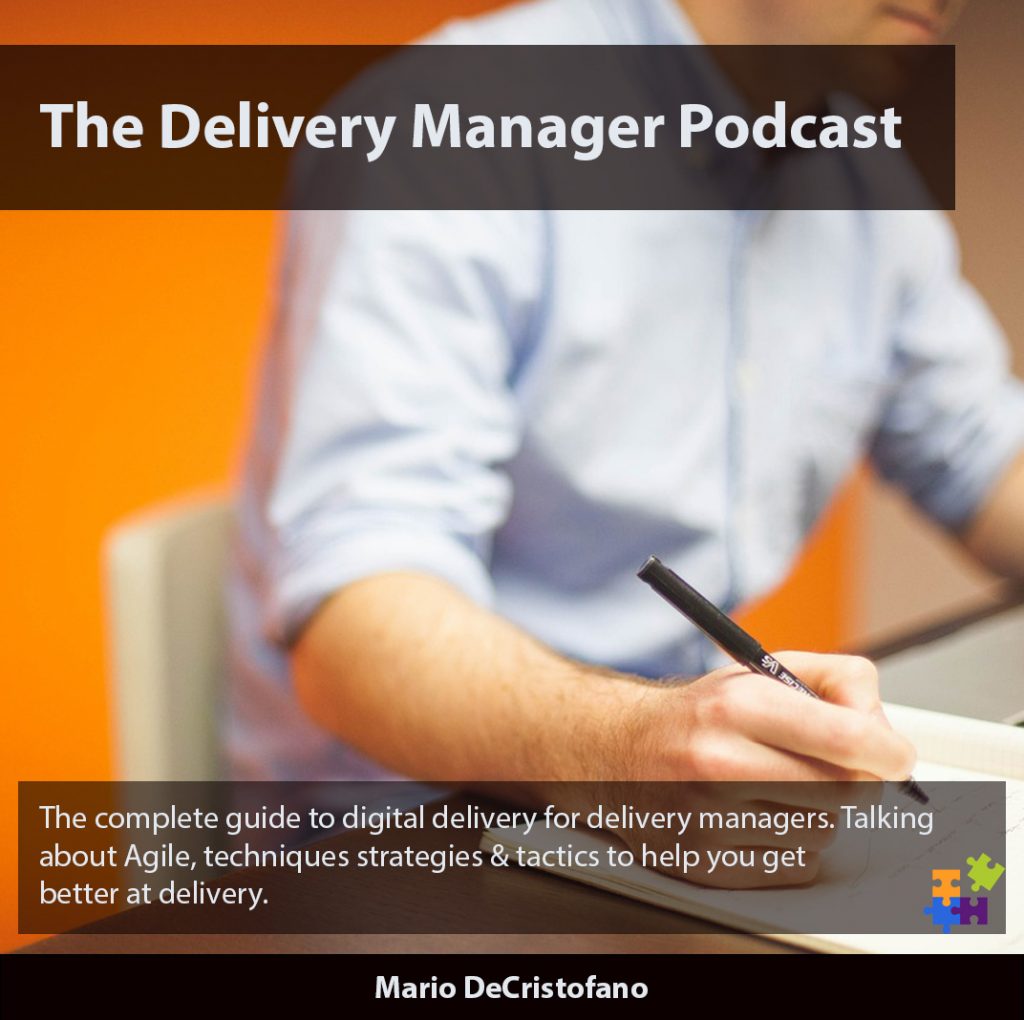Agile Evolution: Charting the Future of Agile in IT Project Delivery
Introduction
In the realm of IT project delivery, Agile has revolutionized the way teams operate and deliver value. From its inception in the early 2000s to its widespread adoption across industries, Agile has continually evolved. As we stand at the crossroads of technological innovation and changing market demands, it’s pivotal to explore the future trajectory of Agile in IT project delivery. This blog post aims to delve into the emerging trends, challenges, and opportunities that will shape the Agile landscape in the years to come.
The Current State of Agile: A Brief Overview
Agile methodologies have become a cornerstone in IT project delivery, offering flexibility, efficiency, and a customer-centric approach. However, as the IT landscape evolves with emerging technologies and methodologies, Agile too must adapt. The question is, how will Agile evolve to meet these new demands?
Emerging Trends Influencing Agile’s Future
- Integration with DevOps: The synergy between Agile and DevOps is becoming increasingly important. Agile’s adaptability combined with DevOps’ focus on continuous integration and delivery is creating a more holistic approach to project delivery.
- Artificial Intelligence and Machine Learning: AI and ML are beginning to play a role in Agile project management, offering predictive analytics and automation to enhance decision-making and efficiency.
- Remote and Distributed Teams: The rise of remote work necessitates a rethinking of Agile practices to cater to distributed teams. This trend will likely continue, demanding more robust digital collaboration tools and techniques.
- Scaled Agile Frameworks: As organizations grow, scaling Agile practices becomes critical. Frameworks like SAFe (Scaled Agile Framework) are gaining traction, offering a roadmap for scaling Agile in large enterprises.
- Increased Focus on Customer Experience: The emphasis on customer experience is reshaping Agile practices to be more user-centric, integrating UX/UI design principles into the Agile process.
Challenges Ahead for Agile in IT Delivery
- Maintaining Agile Principles at Scale: One of the biggest challenges is preserving the core principles of Agile—such as individual interactions and responsiveness to change—as organizations and projects grow in size and complexity.
- Aligning Business and IT Goals: Ensuring that Agile practices align with broader business strategies remains a challenge, particularly in larger organizations where silos can exist.
- Adapting to Rapid Technological Changes: The fast pace of technological advancement demands that Agile methodologies evolve quickly to stay relevant and effective.
Opportunities for Agile Evolution
- Enhanced Toolsets for Agile Management: The development of more sophisticated tools and platforms can augment Agile practices, making it easier to manage complex projects and distributed teams.
- Agile as a Business Philosophy: Beyond IT, Agile principles can be applied to broader business operations, promoting a more adaptable and responsive organizational culture.
- Custom Agile Frameworks: There’s an opportunity for organizations to develop customized Agile frameworks that align closely with their specific needs and industry demands.
The Role of Leadership in Agile’s Future
Leadership plays a crucial role in shaping the future of Agile in IT project delivery. Leaders must champion Agile principles, invest in training and resources, and foster a culture that embraces change and continuous improvement.
Agile and Sustainability: A New Dimension
As global awareness of sustainability grows, Agile methodologies could incorporate sustainability principles, balancing efficiency with environmental and social responsibility.
The Future of Agile Training and Education
As Agile evolves, so too must the training and education around it. This includes not only technical training but also education around soft skills like collaboration, adaptability, and customer empathy.
Conclusion: Agile, Adapting to a Changing World
The future of Agile in IT project delivery is not just about adhering to a set of practices; it’s about evolving with the times. Agile must adapt to incorporate new technologies, cater to changing team dynamics, and address the growing complexity of projects. As we look ahead, the principles of Agile – flexibility, customer focus, and continuous improvement – will remain foundational. However, the way these principles are applied will evolve, as Agile continues to shape and be shaped by the world of IT project delivery.


